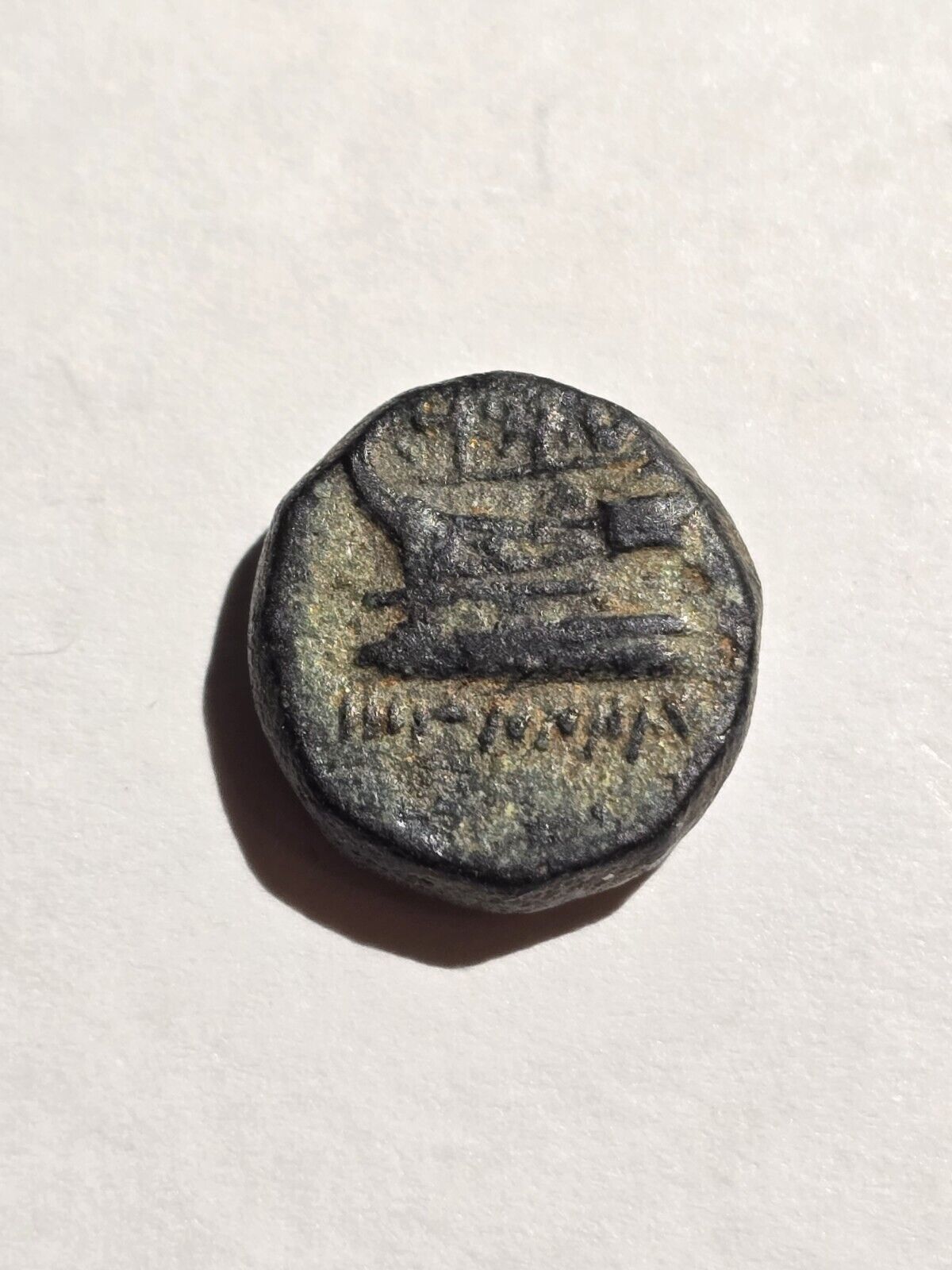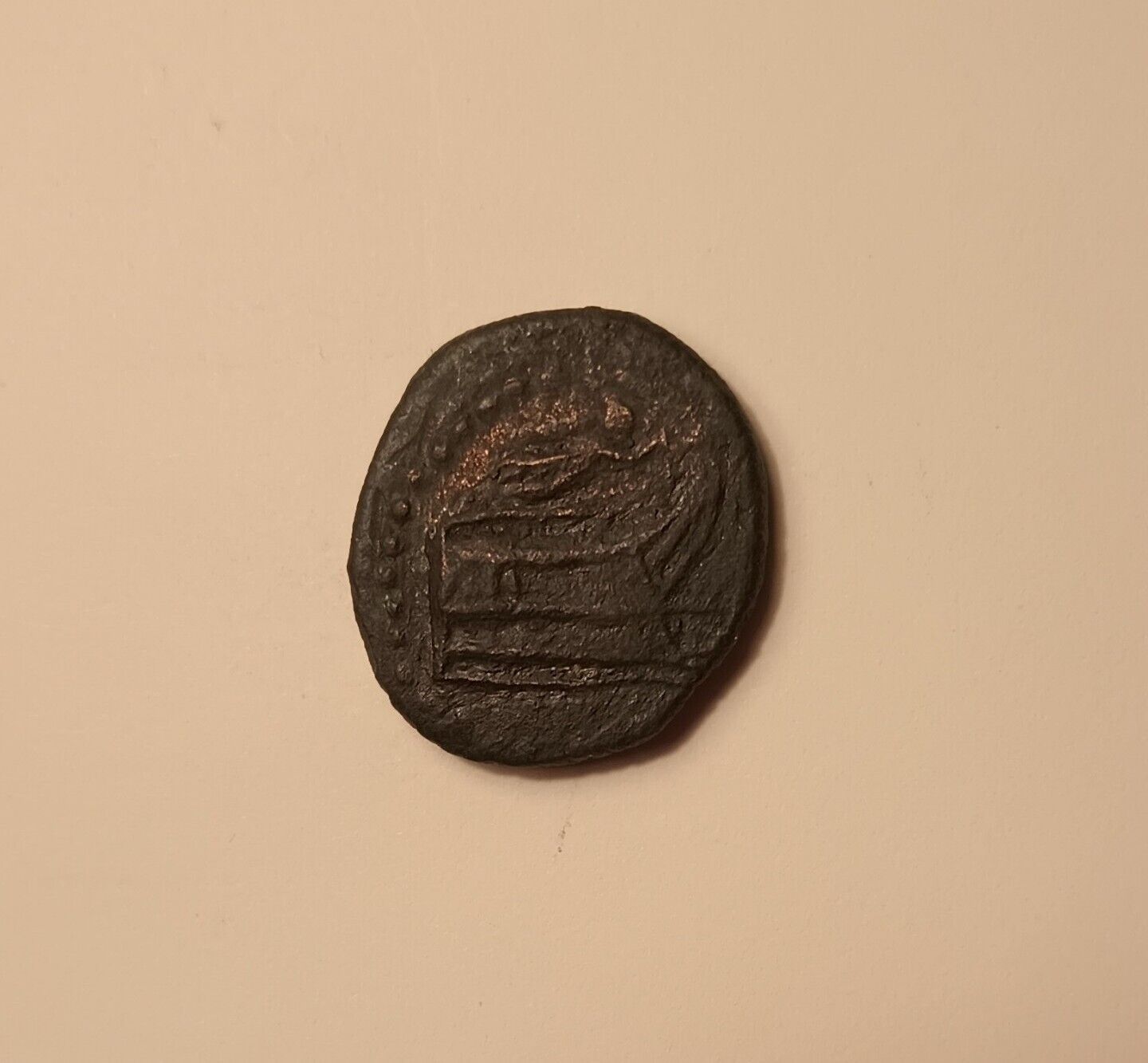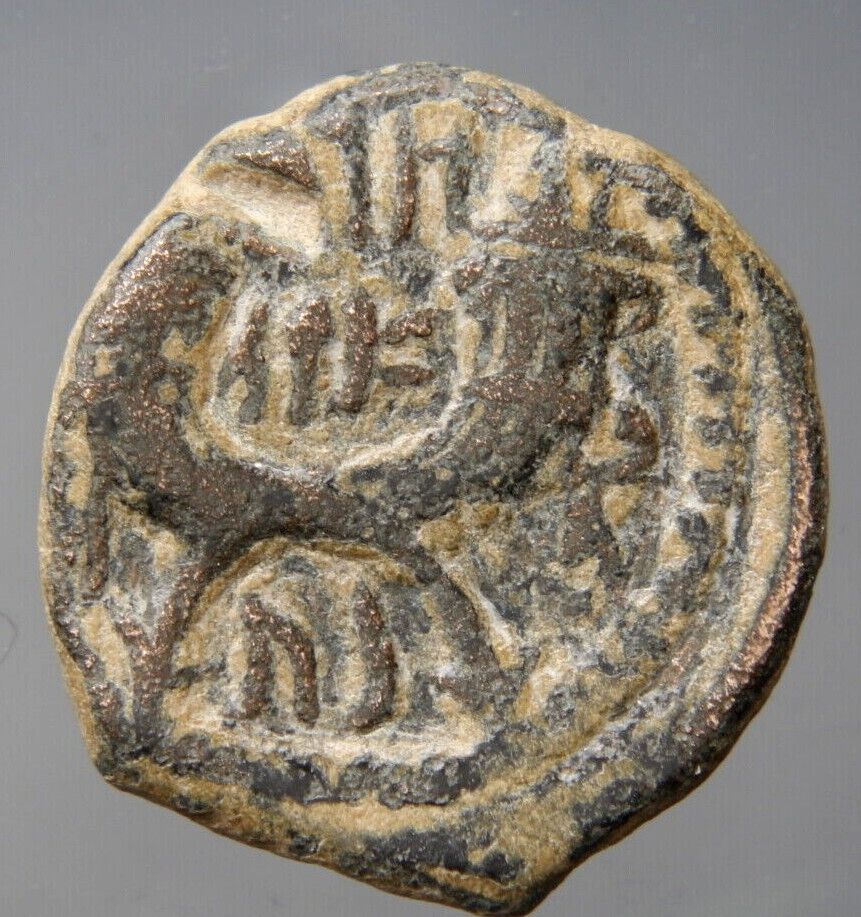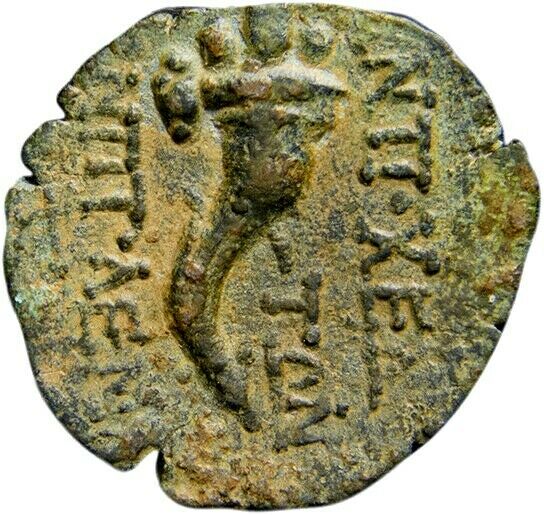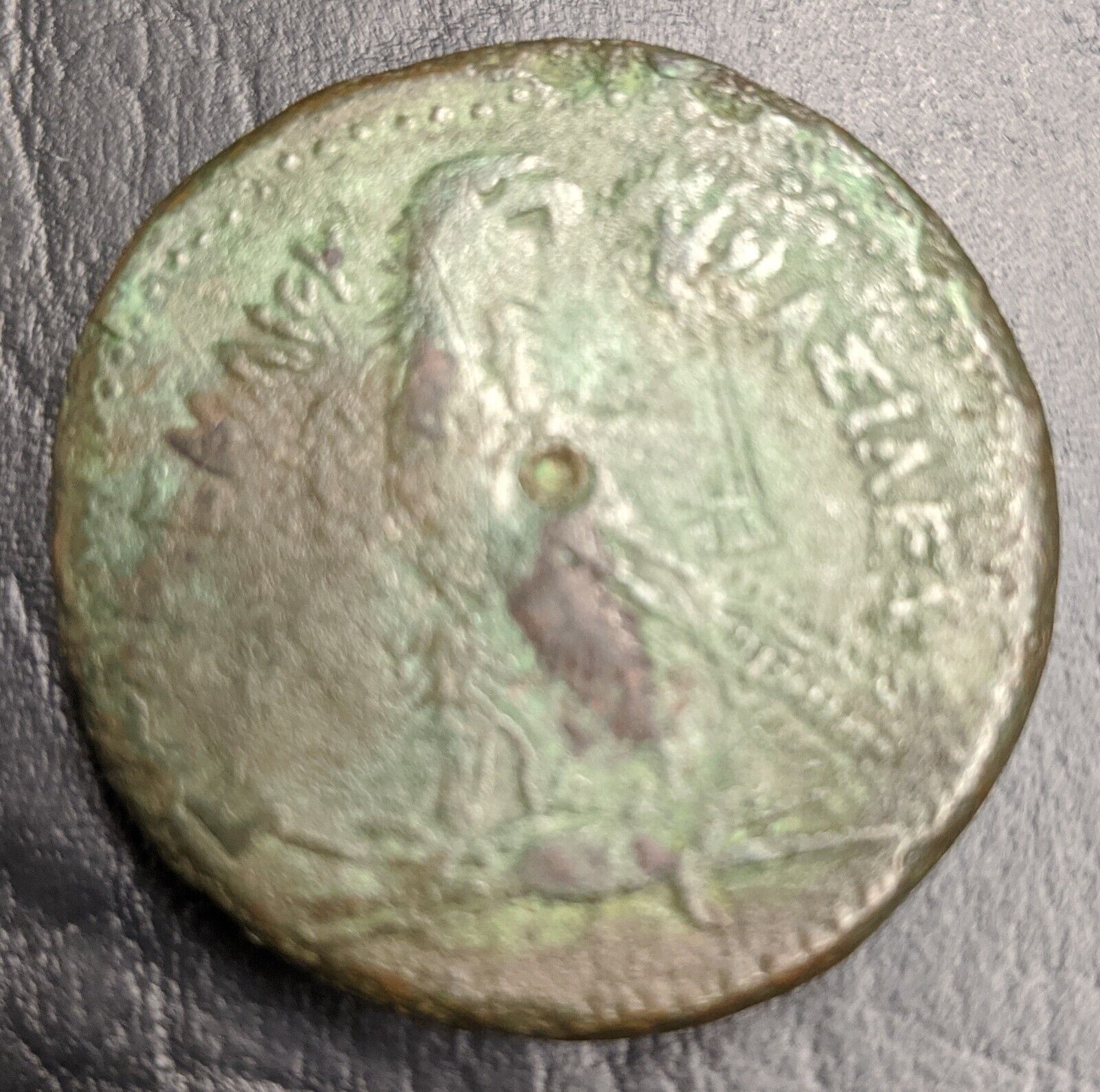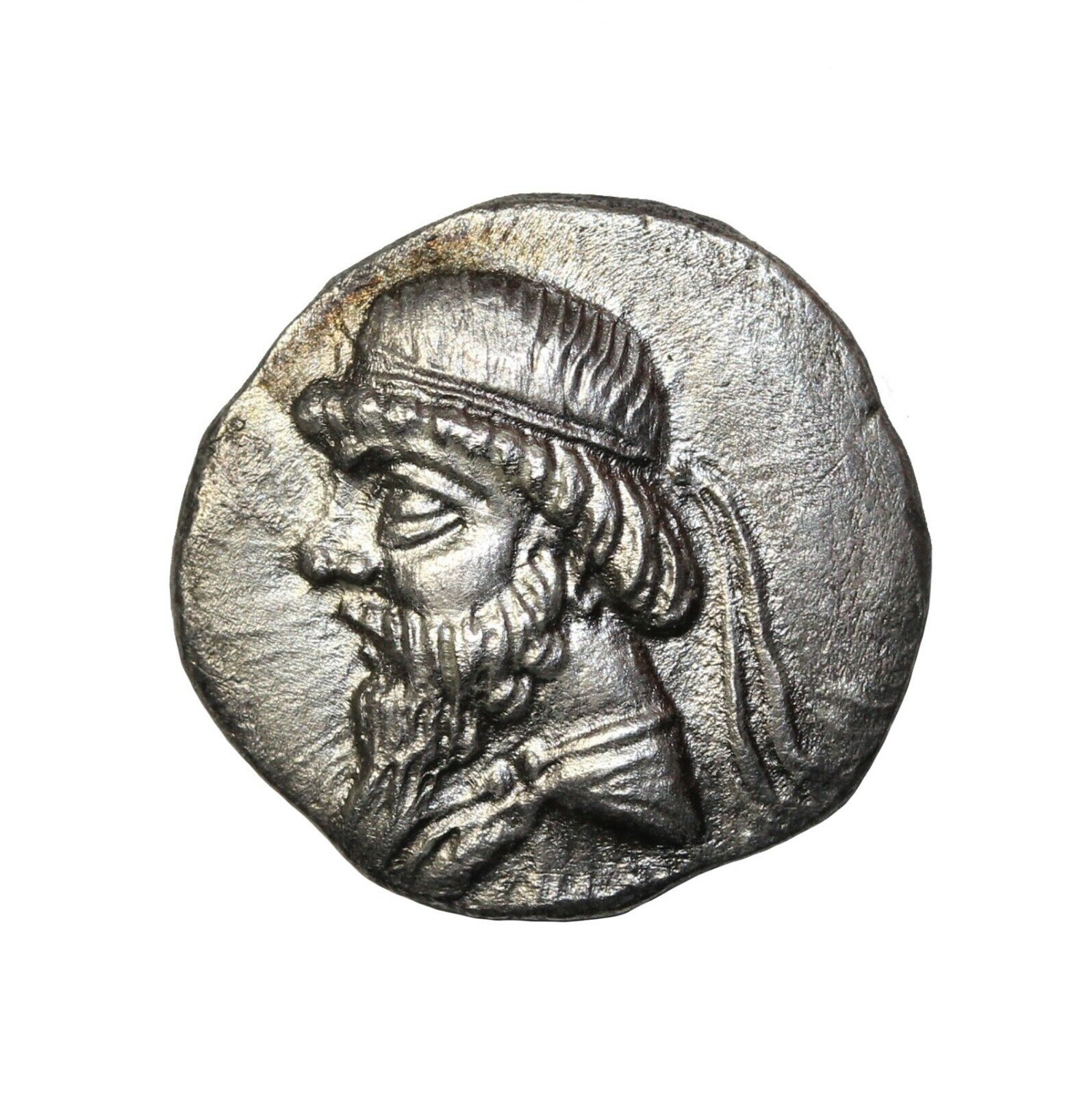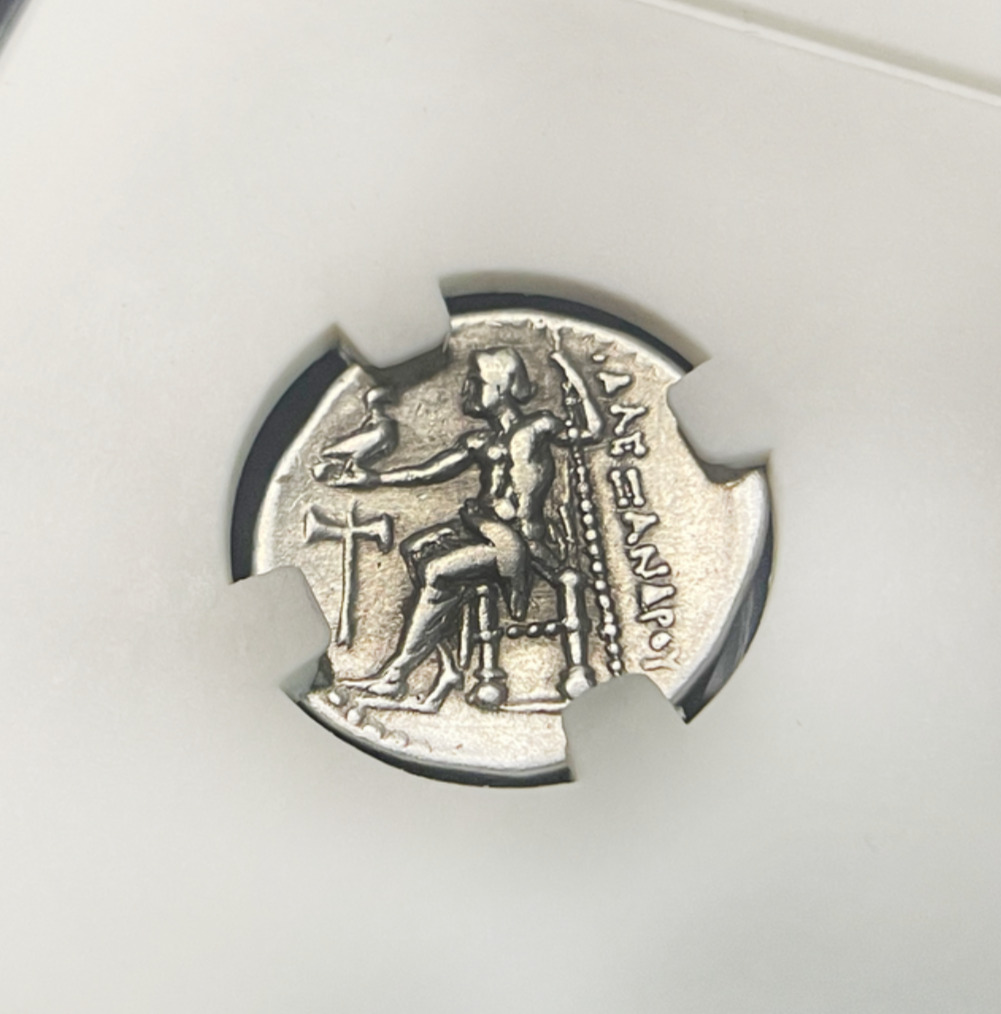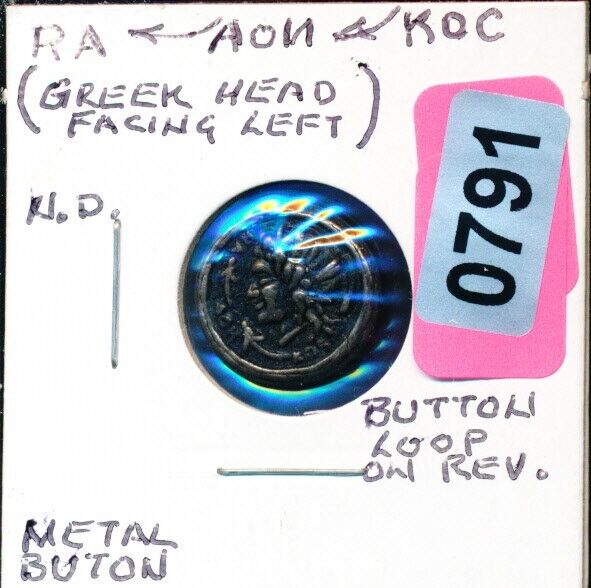-40%
Ancient SHEKEL 68/69AD of JEWISH ROMAN War Silver Coin NGC CERTIFIED XF s88003
$ 6837.6
- Description
- Size Guide
Description
Item: S88003JUDAEA. First Jewish War. 66-70 A.D.
Silver Shekel (13.78 grams) Jerusalem Mint, Struck Year 3, struck 68/69 A.D.
Certification: NGC Ancients XF Strike: 4/5 Surface: 3/5 2152129-003
Reference: Meshorer-202; Hendin-1361.
Omer cup; "shekel of Israel; year 3" around and above.
Three pomegranates on stem; "Jerusalem the holy" around.
You are bidding on the exact item pictured.
The
first Jewish-Roman War
(66-70), sometimes called
The Great Revolt
(Hebrew: המרד הגדול,
ha-Mered Ha-Gadol
), was the first of three major rebellions by the Jews of the Iudaea Province (Judea Province), against the Roman Empire (the second was the Kitos War in 115-117 CE; the third was Bar Kokhba's revolt, 132-135)CE.
It began in the year 66 initially because of Greek and Jewish religious tensions but grew with anti-taxation protests and attacks upon Roman citizens. It ended when legions under Titus besieged and destroyed the centre of rebel resistance in Jerusalem, and defeated the remaining Jewish strongholds.
Outbreak of the Rebellion
According to Josephus, the revolt, which began at Caesarea in 66, was provoked by Greeks sacrificing birds in front of a local synagogue. The Roman garrison did not intercede and the long-standing Greek and Jewish religious tensions took a downward spiral. In reaction, the son of Kohen Gadol (High priest) Eliezar ben Hanania ceased prayers and sacrifices for the Roman Emperor at the Temple. Protests over taxation joined the list of grievances and random attacks on Roman citizens and perceived 'traitors' occurred in Jerusalem. Fearing the worst, the pro-Roman king Agrippa II and his sister Berenice fled Jerusalem to Galilee. Cestius Gallus, the legate of Syria, brought a legion, the XII Fulminata, and auxiliary troops as reinforcements to restore order. They were defeated in an ambush at the Battle of Beth Horon, a result that shocked the Roman leadership.
The Roman response
Emperor Nero appointed general Vespasian instead of Gallus to crush the rebellion. Vespasian, along with legions X
Fretensis
and V
Macedonica
, landed at Ptolemais in April 67. There he was joined by his son Titus, who arrived from Alexandria at the head of Legio XV Apollinaris, as well as by the armies of various local allies including that of king Agrippa II. Fielding more than 60,000 soldiers, Vespasian began operations by subjugating the Galilee
[3]
. Many towns gave up without a fight, although others had to be taken by force. Of these, Josephus provides detailed accounts of the sieges of Yodfat and Gamla. By the year 68, Jewish resistance in the North had been crushed, and Vespasian made Caesarea Maritima his headquarters and proceeded to methodically clear the coast.
The leaders of the collapsed Northern revolt, John of Giscala and Simon Bar Giora, managed to escape to Jerusalem. Brutal civil war erupted, the Zealots and the fanatical Sicarii executed anyone advocating surrender, and by 68 the entire leadership of the southern revolt was dead, killed by Jewish hands in the infighting, some at the Zealot Temple Siege.
New Emperor
While the war in Judea was being won, great events were occurring in Rome. In the middle of 68 AD, the emperor Nero's increasingly erratic behaviour finally lost him all support for his position. The Roman Senate, the praetorian guard and several prominent army commanders conspired for his removal. When the senate declared Nero an enemy of the people, he fled Rome and committed suicide. The newly installed emperor Galba was murdered after just a few months by a rival, triggering a civil war that came to be known as the Year of the Four Emperors. In 69 AD, though previously uninvolved, the popular Vespasian was also hailed emperor by the legions under his command. He decided, upon gaining further widespread support, to return to Rome to claim the throne from the usurper Vitellius, leaving his son Titus to finish the war in Judea.
Fall of Jerusalem
The siege of Jerusalem, the capital city, had begun early in the war, but had turned into a stalemate. Unable to breach the city's defenses, the Roman armies established a permanent camp just outside the city, digging a trench around the circumference of its walls and building a wall as high as the city walls themselves around Jerusalem. Anyone caught in the trench attempting to flee the city would be captured, crucified, and placed in lines on top of the dirt wall facing into Jerusalem. The two Zealot leaders, John of Gischala and Simon Bar Giora, only ceased hostilities and joined forces to defend the city when the Romans began to construct ramparts for the siege. Those attempting to escape the city were crucified, with as many as five hundred crucifixions occurring in a day.
Titus Flavius, Vespasian's son, led the final assault and siege of Jerusalem. During the infighting inside the city walls, a stockpiled supply of dry food was intentionally burned by Jewish leaders to induce the defenders to fight against the siege instead of negotiating peace; as a result many city dwellers and soldiers died of starvation during the siege. Zealots under Eleazar ben Simon held the Temple, Sicarii led by Simon Bar Giora held the upper city. Titus eventually wiped out the last remnants of Jewish resistance.
[
citation needed
]
The treasures of Jerusalem taken by the Romans (detail from the Arch of Titus).
By the summer of 70, the Romans had breached the walls of Jerusalem, ransacking and burning nearly the entire city. The Romans began by attacking the weakest spot which was the third wall. It was built shortly before the siege so it did not have as much time invested in its protection. They succeeded towards the end of May and shortly afterwards broke through the more important second wall. The Second Temple (the rennovated Herod's Temple) was destroyed on Tisha B'Av (29 or 30 July 70). Tacitus, a historian of the time, notes that those who were besieged in Jerusalem amounted to no fewer than six hundred thousand, that men and women alike and every age engaged in armed resistance, everyone who could pick up a weapon did, both sexes showed equal determination, preferring death to a life that involved expulsion from their country. All three walls were destroyed and in turn so was the Temple, some of whose overturned stones and their place of impact can still be seen. John of Giscala surrendered at Agrippa II's fortress of Jotaphta and was sentenced to life imprisonment. The famous Arch of Titus still stands in Rome: it depicts Roman legionaries carrying the Temple of Jerusalem's treasuries, including the Menorah, during Titus's triumphal procession in Rome.
Fall of Masada
Remnants of one of several legionary camps at Masada in Israel, just outside the circumvallation wall which can be seen at the bottom of the image.
During the spring of 71, Titus set sail for Rome. A new military governor was then appointed from Rome, Lucilius Bassus, whose assigned task was to undertake the "mopping-up" operations in Judaea. He used X
Fretensis
to besiege and capture the few remaining fortresses that still resisted. Bassus took Herodium, and then crossed the Jordan to capture the fortress of Machaerus on the shore of the Dead Sea. Because of illness, Bassus did not live to complete his mission. Lucius Flavius Silva replaced him, and moved against the last Jewish stronghold, Masada, in the autumn of 72. He used Legio X, auxiliary troops, and thousands of Jewish prisoners, for a total of 10,000 soldiers. After his orders for surrender were rejected, Silva established several base camps and circumvallated the fortress. According to Josephus, when the Romans finally broke through the walls of this citadel in 73, they discovered that the 967 defenders had all committed suicide, preferring death over defeat.
The outcome
The defeat of the Jewish revolt altered the Jewish diaspora, as many of the Jewish rebels were scattered or sold into slavery. Josephus claims that 1,100,000 people were killed during the siege, a sizeable portion of these to illnesses brought about by hunger.
"A pestilential destruction upon them, and soon afterward such a famine, as destroyed them more suddenly."
97,000 were captured and enslaved and many others fled to areas around the Mediterranean.
The Jewish Encyclopedia article on the Hebrew Alphabet states: "Not until the revolts against Nero and against Hadrian did the Jews return to the use of the old Hebrew script on their coins, which they did from similar motives to those which had governed them two or three centuries previously; both times, it is true, only for a brief period."
Titus reportedly refused to accept a wreath of victory, as there is "no merit in vanquishing people forsaken by their own God".
Before Vespasian's departure, the Pharisaic sage and Rabbi Yohanan ben Zakkai obtained his permission to establish a Judaic school at Yavne. Zakkai was smuggled away from Jerusalem in a coffin by his students. Later this school has become a major center of Talmudic study. (See Mishnah)
Sources
The main account of the revolt comes from Josephus, the former Jewish commander of Galilee, who after capture by the Romans, attempted to end the rebellion by negotiating with the Judeans on Titus's behalf. Josephus and Titus became quite close friends and later Josephus was granted Roman citizenship and a pension. He never returned to his homeland after the fall of Jerusalem, living in Rome as an historian under the patronage of Flavius and Titus.
He wrote two works,
The Jewish War
(c. 79) and
Jewish Antiquities
(c. 94) on occasions contradictory. These are the only surviving source materials containing information on specific events occurring during the fighting. But the material has been questioned because of claims that cannot be verified by secondary sources. Only since the discovery of the Dead Sea scrolls has some solid confirmation been given to the events he describes.
Judea
( Latin:
IVDAEA
), sometimes spelled in its original Latin forms of
Judæa
,
Judaea
or
Iudaea
to distinguish it from Judea proper, is a term used by historians to refer to the Roman province that incorporated the geographical regions of Judea, Samaria, and Idumea, and which extended over parts of the former regions of the Hasmonean and Herodian kingdoms of Israel. It was named after Herod Archelaus's Tetrarchy of Judea, of which it was an expansion, the latter name deriving from the Kingdom of Judah of the 6th century BCE.
Rome's involvement in the area dated from 63 BCE, following the end of the Third Mithridatic War, when Rome made Syria a province. In that year, after the defeat of Mithridates VI of Pontus, the proconsul Pompeius Magnus (Pompey the Great) sacked Jerusalem and entered the Jerusalem Temple. Subsequently, during the 1st century BCE, the Herodian Kingdom was established as a Roman client kingdom and then in 6 CE parts became a province of the Roman Empire.
Judea province was the scene of unrest at its founding during the Census of Quirinius and several wars were fought in its history, known as the Jewish-Roman wars. The Temple was destroyed in 70 as part of the Great Jewish Revolt resulting in the institution of the Fiscus Judaicus, and after Bar Kokhba's revolt (132-135 CE), the Roman Emperor Hadrian changed the name of the province to
Syria Palaestina
and Jerusalem to
Aelia Capitolina
, which certain scholars conclude was done in an attempt to remove the relationship of the Jewish people to the region.
Relations with Hasmonean and Herodian dynasties
Pompey in the Temple of Jerusalem
, by Jean Fouquet
The first intervention of Rome in the region dates from 63 BCE, following the end of the Third Mithridatic War, when Rome made a province of Syria. After the defeat of Mithridates VI of Pontus, Pompey (Pompey the Great) remained there to secure the area.
The region at the time was not a peaceful place. The Queen of Judaea Salome Alexandra had recently died and her sons, Hyrcanus II and Aristobulus II, divided against each other in a civil war.
In 63 BCE, Aristobulus was besieged in Jerusalem by his brother's armies. He sent an envoy to Marcus Aemilius Scaurus, Pompey's representative in the area. Aristobulus offered a massive bribe to be rescued, which Pompey promptly accepted. Afterwards, Aristobulus accused Scaurus of extortion. Since Scaurus was Pompey's brother in law and protégée, the general retaliated by putting Hyrcanus in charge of the kingdom as Ethnarch and High Priest, but he was denied the title of King.
When Pompey was defeated by Julius Caesar, Hyrcanus was succeeded by his courtier Antipater the Idumaean, also known as Antipas, as the first Roman Procurator. In 57-55 BCE, Aulus Gabinius, proconsul of Syria, split the former Hasmonean Kingdom of Israel into five districts of the Sanhedrin.
Both Caesar and Antipater were killed in 44 BCE, and the Idumean Herod the Great, Antipater's son, was designated "King of the Jews" by the Roman Senate in 40 BCE.
[5]
He didn't gain military control until 37 BCE. During his reign the last representatives of the Maccabees were eliminated, and the great port of Caesarea Maritima was built. He died in 4 BCE, and his kingdom was divided among his sons, who became tetrarchs ("rulers of a quarter part"). One of these quarters was
Judea
corresponding to the region of the ancient Kingdom of Judah. Herod's son Herod Archelaus, ruled Judea so badly that he was dismissed in 6 CE by the Roman emperor Augustus, after an appeal from his own population. Another, Herod Antipas, ruled as tetrarch of Galilee and Perea from 4 BCE to 39 CE, being then dismissed by Caligula.
Judea as Roman province
The Roman empire in the time of Hadrian (ruled 117-138 CE), showing, in western Asia, the Roman province of Iudaea. 1 legion deployed in 125.
In 6 CE Judea became part of a larger Roman province, called
Iudaea
, which was formed by combining Judea proper (biblical Judah) with Samaria and Idumea (biblical Edom).
[6]
Even though
Iudaea
is simply derived from the Latin for
Judea
, many historians use it to distinguish the Roman province from the previous territory and history. Iudaea province did not include Galilee, Gaulanitis (the Golan), nor Peraea or the Decapolis. Its revenue was of little importance to the Roman treasury, but it controlled the land and coastal sea routes to the bread basket Egypt and was a border province against the Parthian Empire because of the Jewish connections to Babylonia (since the Babylonian exile). The capital was at Caesarea, not Jerusalem, which had been the capital for King David, King Hezekiah, King Josiah, the Maccabees and Herod the Great. Quirinius became Legate (Governor) of Syria and conducted the first Roman tax census of Syria and Iudaea, which was opposed by the Zealots. Iudaea was not a Senatorial province, nor exactly an Imperial province, but instead was a "satellite of Syria" governed by a prefect who was a knight of the equestrian order (as was Roman Egypt), not a former consul or praetor of senatorial rank. Pontius Pilate was one of these prefects, from 26 to 36 CE. Caiaphas was one of the appointed High Priests of Herod's Temple, being appointed by the Prefect Valerius Gratus in 18. Both were deposed by the Syrian Legate Lucius Vitellius in 36 CE.
The 'Crisis under Caligula' (37-41) has been proposed as the first open break between Rome and the Jews.
Between 41 and 44 CE, Iudaea regained its nominal autonomy, when Herod Agrippa was made King of the Jews by the emperor Claudius, thus in a sense restoring the Herodian Dynasty, though there is no indication Iudaea ceased to be a Roman province simply because it no longer had a prefect. Claudius had decided to allow, across the empire, procurators, who had been personal agents to the Emperor often serving as provincial tax and finance ministers, to be elevated to governing magistrates with full state authority to keep the peace. He elevated Iudaeas's procurator whom he trusted to imperial governing status because the imperial legate of Syria was not sympathetic to the Judeans. Following Agrippa's death in 44 CE, the province returned to direct Roman control for a short period. Agrippa's son Marcus Julius Agrippa was designated King of the Jews in 48. He was the seventh and last of the Herodians. From 70 CE until 135 CE, Iudaea's rebelliousness required a governing Roman legate capable of commanding legions. Because Agrippa II maintained loyalty to the Empire, the Kingdom was retained until he died, either in 93/94 or 100, when the area returned to complete, undivided Roman Empire control.
Judaea was the stage of three major rebellions against Roman rule:
66-70 CE - first rebellion, followed by the destruction of Herod's Temple and the siege of Jerusalem (see Great Jewish Revolt, Josephus)
115-117 CE - second rebellion, called Kitos War
132-135 CE - third rebellion, Bar Kokhba's revolt
Following the suppression of Bar Kokhba's revolt, the emperor Hadrian changed the name of the province to
Syria Palaestina
and Jerusalem became
Aelia Capitolina
which Hayim Hillel Ben-Sasson states was done to erase the historical ties of the Jewish people to the region.
Under Diocletian (284-305) the region was divided into
Palaestina Prima
(Judea, Samaria, Idumea, Peraea and the coastal plain with Caesarea as capital),
Palaestina Secunda
(Galilee, Decapolis, Golan with Beth-shean as capital) and
Palaestina Tertia
(the Negev with Petra as capital).




